Tutorial Session 3
11. Thermal Effects (Part I)
Björn Bukkems
Björn Bukkems holds an MSc and PhD degree in mechanical engineering, both from Eindhoven University of Technology. After having finished his PhD, he started working at ASML where he worked in several roles and on various systems (e.g. wafer stage and EUV source). Since 2015, Björn is working at MI-Partners where he currently holds the position of project manager and team leader.
Contact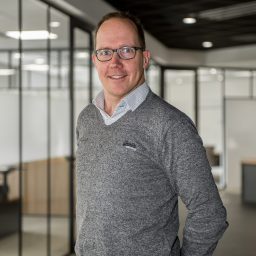
Walter Aarden
Walter Aarden holds MSc degrees in Applied Physics and Mechanical Engineering, both from Eindhoven University of Technology. He has worked in the high-tech industry for over 15 years, including 8 years at Philips Innovation Services, and since 2017 at MI-Partners. Over his career, he has contributed to a wide range of systems, such as ASML stages and metro frames, Zeiss 3FM, and Bosch Rexroth ctrlX FLOW HS, in various technical roles. He currently holds the role as a Mechatronic Systems Architect and leads the Thermal Competence Group.
Contact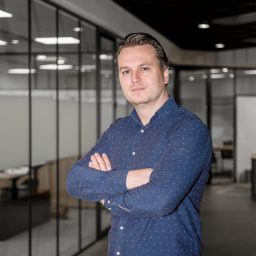
Tutorial Overview
Thermal effects are one of the main error sources in precision equipment. The last decades huge improvements have been reached by understanding and controlling these thermal effects and a significant amount of knowledge has been gained. The tutorial will present the state of the art status about thermal design methodology and modelling.
12. Opto-Mechanical Engineering (Part I)
Lennino Cacace is a senior opto‑mechatronic system architect in the high‑tech sector, specializing in semiconductor equipment and scientific instrumentation. He is also an assistant professor at Eindhoven University of Technology, where he leads the Opto‑Mechatronics group, and he is responsible for the Dutch Society for Precision Engineering’s industry course Opto‑Mechanical System Design. With expertise spanning optical design, precision mechanisms, metrology, and systems engineering, he focuses on achieving overall optimal system performance across disciplines. His professional interests include system architecture, semiconductor equipment, distance metrology, 3D‑printed opto‑mechanics, sub‑nanometer stability, and thermo‑optical effects in high‑power optical systems.
Contact
Tutorial Overview
The ASPE tutorial on Opto‑Mechanical Design is an intensive two‑part exploration of Opto-Mechanical design for optical systems. Over two half‑day sessions, we examine core mechanical principles that enable robust, precise, and thermally stable optical systems. The first session covers the sensitivity of optical components and the mounting of optical components; the second session addresses alignment mechanisms, measurement and alignment of optics to mechanical references, and thermal stability/athermalization. The sessions have a natural order: the first session provides background knowledge that is useful in the second, but the content is structured such that either session can be followed independently.
Learning objectives
Sensitivity of optical components to mechanical disturbances forms the foundation for defining mechanical requirements for optical systems. Understanding which degrees of freedom (DoFs) matter for different types of optical components is critical, as it allows the designer to achieve positioning accuracy and stability for the DoFs that matter most. Plane mirrors, for instance, are insensitive to in‑plane motion but respond strongly to tilt and out‑of‑plane displacement, while spherical lenses are sensitive to all translations but first‑order insensitive to rotations. This awareness can be used to design flexure mechanisms such that parasitic arcuate motions occur in the insensitive DoFs, and to design mounts that constrain the sensitive DoFs using functional optical surfaces. Mounting of optical components addresses the combined challenges of brittle optics, Coefficient of Thermal Expansion mismatch, and sub‑micrometer stability needs, while achieving predictable performance under thermal and mechanical loads. Mounting approaches covered include force‑closed clamping, elastic averaging, and adhesive bonding using either soft or hard mounts. Practical examples illustrate the progression from mounts that fail to mounts that succeed.
For More Info on the Tutorial, Find the Attachment HERE!
13. Some Eyeopeners for Precision Designers (Part II)
Susan van den Berg
Susan van den Berg is a lecturer at Fontys University of Applied Sciences in the Netherlands. She obtained her master’s degree in Mechanical Engineering and a Master’s of Technical Design (MTD) in Advanced Industrial Design Engineering, both from Delft University of Technology. At Fontys, her main activities include teaching design principles at both bachelor’s and master’s levels and supervising graduate projects for bachelor’s and master’s students. She is the author of Design Concepts and Strategies for Precision Engineering.
Contact
Piet van Rens
Piet van Rens has decades of experience in precision system design, starting with his work at the Laboratory of Space Research in Utrecht and continuing through a 24-year career at Philips. He has contributed to fundamental texts in the field, such as The Devil’s Picture Book (desDuivels Prentenboek). In recent years, he has worked as an independent consultant, advising high-tech companies including ASML. In 2022, he received the ASPE Lifetime Achievement Award for his contributions to precision engineering.
Contact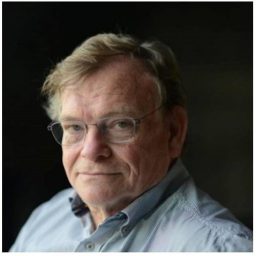
Tutorial Overview
In precision engineering, small design choices can have a huge impact on system performance. This tutorial provides key insights—eyeopeners—into the fundamentals of precision design, covering principles that are essential for robust and high-performance mechanical systems.
Learning objectives
We will explore how to manage degrees of freedom through exact-constraint design, the effects of stacking subsystems, and how to optimize system stiffness by tracing the route of forces. We will introduce the energy method, which is a useful tool to derive the system stiffness. Additional topics include kinematic couplings, positioning against stops, clamping, and rolling interactions.
14. Structural Ceramic for Precision Machine Design
Reg Maas
Reg Maas has worked for CoorsTek, a major industrial ceramic supplier, for over 36 years. During that time, he has worked with various CMM and semiconductor companies to integrate ceramic materials into their systems. Reg has also designed and constructed several precision ceramic measuring and grinding platforms for internal use. Reg holds a Master’s degree from Washington State University and is currently a Principle Engineer in CoorsTek’s Global Engineering Group.
Contact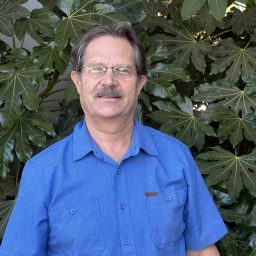
Steve Pawlowski
As Senior Director of Sales at CoorsTek, Steve Pawlowski is responsible for strategic partnerships and customers in the semiconductor industry. Pawlowski previously served as Director of Strategic Marketing at CoorsTek. He holds an MBA from the University of Michigan; an MS in Systems Engineering, University of Florida; and a BS in Mechanical Engineering from the University of Detroit, Mercy.
Contact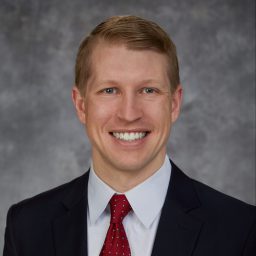
Tutorial Overview
This tutorial will benefit individuals with interest in utilizing ceramic properties in the design of precision machine structures. The tutorial will focus on ceramic materials and properties, manufacturing processes and capabilities, and key design considerations. Various metrology and assembly examples will be included.
15. Introduction to Damping
Samir Nayfeh has over 30 years’ experience in the design of precision machines, with an emphasis on system dynamics and mechatronics. He received his B.S. and M.S. degrees from Virginia tech and Ph.D. from MIT. He served in the faculty at MIT from 1998-2006, publishing primarily on vibration damping and control. Since 2006, he has worked as consultant and co-developer to a variety of clients in development of precision machines. His current interests include system dynamics, mechatronics, flow, and tribology.
ContactTutorial Overview
Assessing vibration and its impact on performance:
-How to interpret measurements of vibration
-How to interpret FEA and make some basic estimates
-Vibration impact on controllers
-Vibration impact on performance
Energy dissipation mechanisms:
-Joints
-Materials
-Friction
-Eddy currents
-Active dampers
Design of damping treatments in the structural loop:
-Constrained layer dampers
-Strain energy, relative stiffness, and design using FEA
-Some examples of construction
Vibration reduction using reaction masses:
-Modal mass and kinetic energy
-Tuned and not-tuned mass dampers
-Some examples of construction
-Particle and impact dampers

